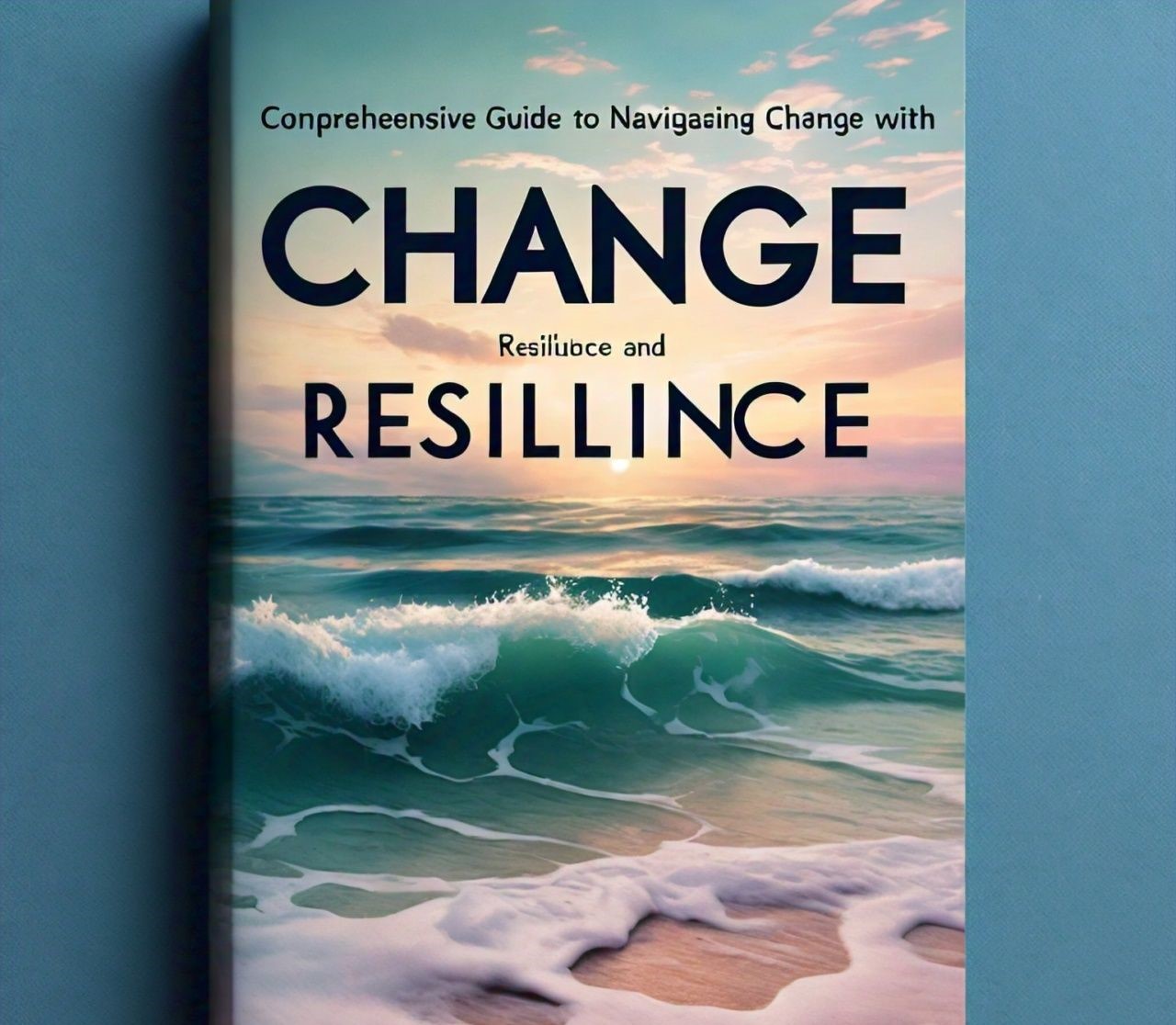A Complete Roadmap to Growth and Expansion
Introduction
Navigating business growth and expansion is a fascinating yet challenging journey that many companies wishes to undertake. This process involves not just increasing revenue and market share but also enhancing operational capabilities, growing product lines, and find new markets. While the goal is clear, the path to achieving regular growth can be fraught with obstacles. This article delves into the multifaceted approaches to business growth and expansion, offering insights and strategies to help businesses thrive in an ever-evolving marketplace.
Understanding Business Growth
Defining Business Growth
Business growth refers to the increase in a company’s size, revenue, market share, and influence over time. It can manifest in various forms, including the expansion of customer base, geographic reach, and product or service offerings. Growth is not a one-size-fits-all strategy. It requires a complete approach that aligns with a company’s unique goals, resources, and industry context.
Importance of Business Growth
Sustainable growth is essential for staying competitive, attracting top talent, and creating long-term shareholder value. It enables companies to achieve economies of scale, improve their bargaining power, and enhance their ability to innovate. Additionally, growth fosters resilience against market fluctuations and economic downturns, ensuring the company’s longevity.
Strategies for Business Growth
Market Penetration
Market penetration involves increasing market share within existing markets using current products or services. This can be achieved through aggressive marketing campaigns, pricing strategies, or enhancing customer experience. The key is to capture a larger slice of the existing market by outperforming competitors.
Market Development
Market development focuses on entering new markets with existing products or services. This could involve geographical expansion, targeting new customer segments or exploring different distribution channels. Thorough market research and understanding cultural nuances are critical for success in new markets.
Product Development
Product development entails creating new products or improving existing ones to meet changing customer needs and preferences. Innovation is at the heart of this strategy. Companies must invest in research and development (R&D), leverage customer feedbacks and stay ahead of industry trends to deliver value-added products.
Diversification
Diversification involves expanding into new markets with new products. This strategy can decreases risks by spreading them across different areas. Diversification can be related (expanding into similar industries) or unrelated (venturing into entirely new sectors). It requires substantial investment and a strong understanding of new business domains.
Operational Considerations
Scalability
Scalability refers to a company’s ability to grow without being hampered by its structure or available resources. Businesses must ensure that their operations, systems, and processes can handle increased demand. This might involve investing in technology, optimizing supply chains, and training employees.
Financial Management
Effective financial management is crucial for funding growth initiatives. Companies need to manage cash flow, secure financing, and allocate resources wisely. Developing a sound financial plan, maintaining healthy reserves and leveraging external funding options like loans and equity are important steps.
Human Resources
Human resources are the backbone of any growth strategy. As companies expand, they must attract, retain and develop talent. Building a strong organizational culture, offering competitive benefits and providing professional development opportunities are essential for maintaining a motivated workforce.
Challenges in Business Expansion
Market Saturation
Market saturation occurs when a company exhausts opportunities for growth within its current market. To overcome this, businesses must explore new markets or diversify their product lines. Continuous innovation and staying responsive to market changes are key to avoiding stagnation.
Competition
Fast competition can pose significant challenges during expansion. Competitors may react aggressively to protect their market share. Companies must differentiate themselves through unique value propositions, superior customer service, and effective branding.
Regulatory and Compliance Issues
Expanding into new regions often involves navigating complex regulatory landscapes. Companies must comply with local laws, industry standards, and tax regulations. Engaging legal experts and conducting thorough due diligence are necessary to avoid legal losses.
Cultural Differences
Cultural differences can affect how products are perceived and accepted in new markets. Understanding local customs, preferences, and consumer behavior is crucial. Adapting marketing strategies and product offerings to align with cultural nuances can enhance market acceptance.
Case Studies of Successful Business Expansion
Apple Inc.
Apple’s expansion strategy is a textbook example of successful global growth. The company has consistently focused on innovation and product development. By continually enhancing its product lineup and entering new markets. Apple has maintained its position as a market leader. Its retail strategy, which includes opening flagship stores in key locations worldwide, has also played a pivotal role in its expansion.
Starbucks
Starbucks’ growth strategy emphasizes market development and cultural adaptation. The coffee giant has successfully entered diverse markets by tailoring its menu and store ambiance to reflect local tastes and preferences. Starbucks’ commitment to sustainability and community engagement has further strengthened its global brand presence.
Amazon
Amazon’s diversification strategy has propelled it from an online bookstore to a global e-commerce and cloud computing powerhouse. By continually expanding its product range and entering new industries, such as AI and entertainment, Amazon has managed to stay at the forefront of technological innovation and market demand.
Conclusion
Navigating business growth and expansion requires a strategic, well-rounded approach. Companies must assess their current position, identify growth opportunities and implement effective strategies while remaining adaptable to changing market conditions. By focusing on scalability, financial management and human resources that businesses can overcome the challenges of expansion and achieve sustainable growth. Real-world examples from industry giants like Apple, Starbucks and Amazon highlight the importance of innovation, market understanding and cultural adaptation in driving successful expansion.
In today’s dynamic business environment the continuous learning and agility are too much. Companies that prioritize customer needs, invest in innovation and remain flexible in their strategies are better positioned to navigate the difficulties of growth and achieve long-term success

Thomas Johnson, an expert in business, brings extensive expertise and experience to his writing. As a distinguished author, he provides readers with valuable insights and practical strategies, blending his deep industry knowledge with engaging narratives that inform and inspire.


































